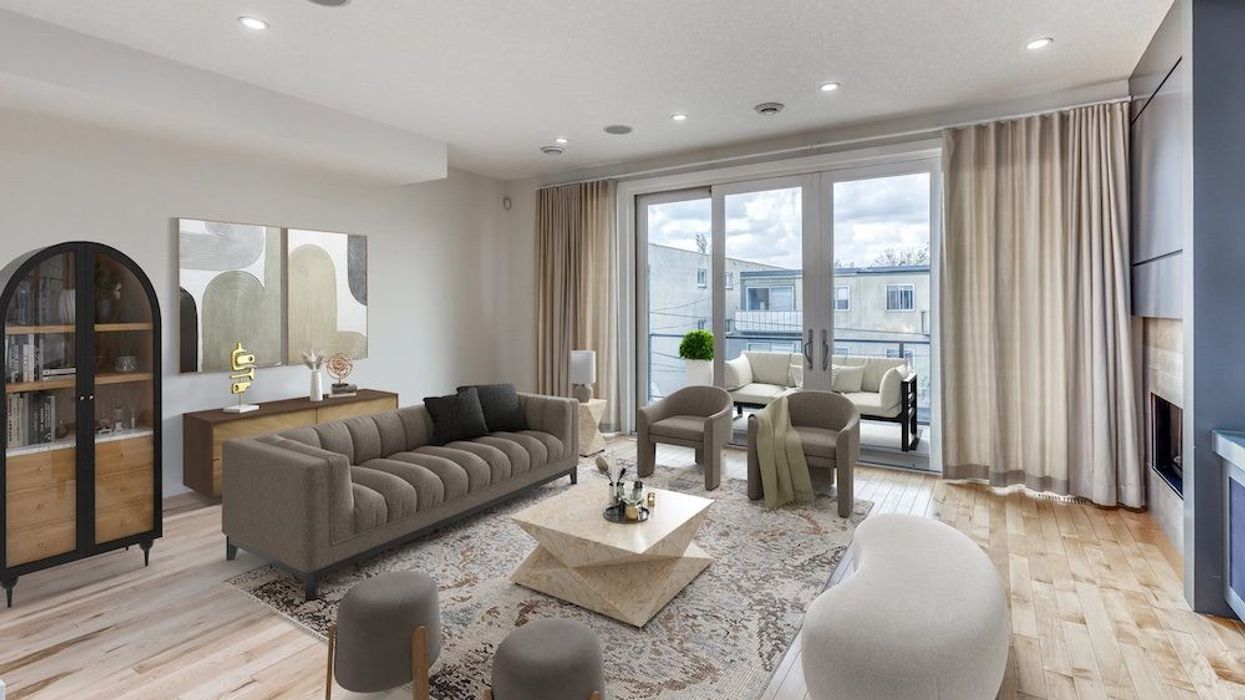In just a day or two, North York-based interior design and home staging firm, A Lady's Touch (ALT), can completely transform a room, outfitting it with fresh furniture, better lighting, or a completely different design style. And they can do so without any heavy lifting, so to speak.
“We started offering virtual staging at the onset of COVID actually, in March 2020,” says Farah Dhalla-Singh, ALT’s CEO and Founder. “Real estate didn't stop, people were still transacting, and our clients then needed us to still provide marketability through images.”
As the world returned to some semblance of normalcy over the past few years, the mark virtual staging made on the business of property marketing is in many ways indelible. Virtual staging was not mentioned by the National Association of Realtors in their 2021 Profile of Home Staging, but in the subsequent 2023 version of the same report, nearly 50% of buyers’ agents and 34% of seller’s agents said virtual staging was of some importance to their clients, alongside photos, videos, and virtual tours.
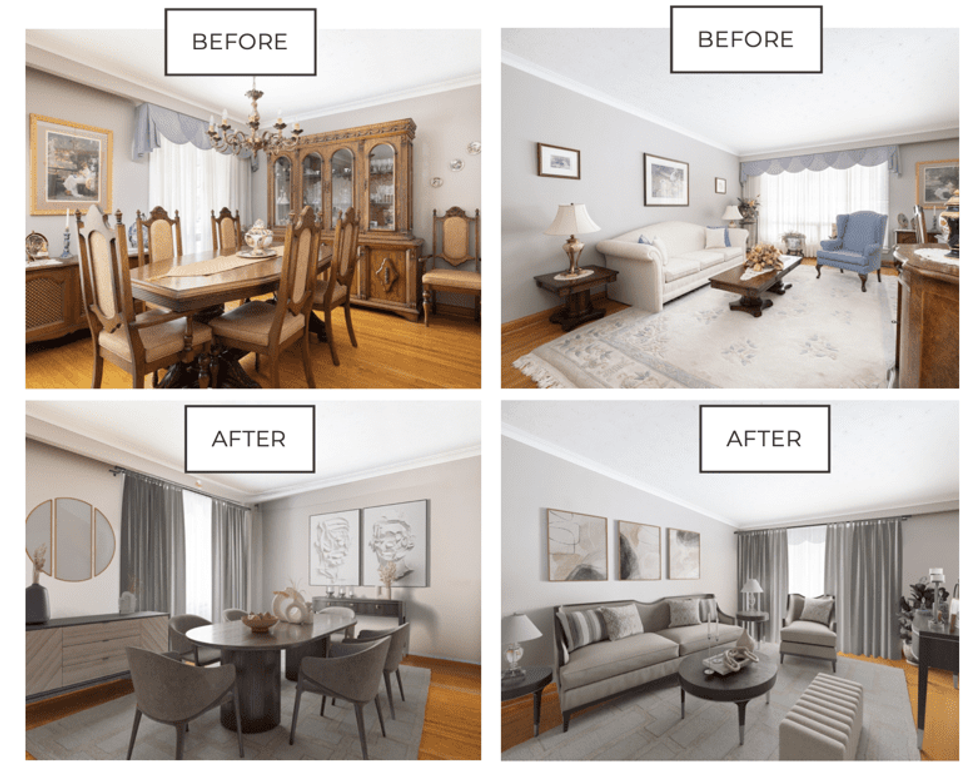
It’s not hard to see why the practice is catching on. The efficacy of traditional staging is tried and true, but virtual staging is cheaper and faster than traditional staging -- ALT can prepare virtually staged photos within 24 to 48 hours, at a price point of $50 to $100 per photo -- and these days, it’s extremely accessible.
With the advent of AI, virtually staged photos can be generated “without any human help,” notes Dhalla-Singh. But what ALT offers is a far more bespoke approach to the practice, with all photo editing handled by an in-house design team.
“We offer a hybrid where we can physically stage primary rooms and then offer virtual staging for secondary bedrooms and things like that.”
The Ethics Of The Matter
Although there’s no regulatory body that dictates what you can and can’t do when virtual staging a property, there seems to be some consensus amongst purveyors (and users) of the service when it comes to maintaining certain ethical standards.
Dhalla-Singh says that her designers never change the structure of the building, hide windows or doors, or add windows or doors.
“That can be misleading. And that doesn't help sell the property because that’s what people are hoping to see when they show up,” she says. “Instead, we're accentuating what's already there.”
And while editing in furniture is the name of the game, manipulating pieces to fit in a given space -- think shrinking a 12-seater dining table to fit in a space that in reality cannot accommodate one -- is another ethical grey area.
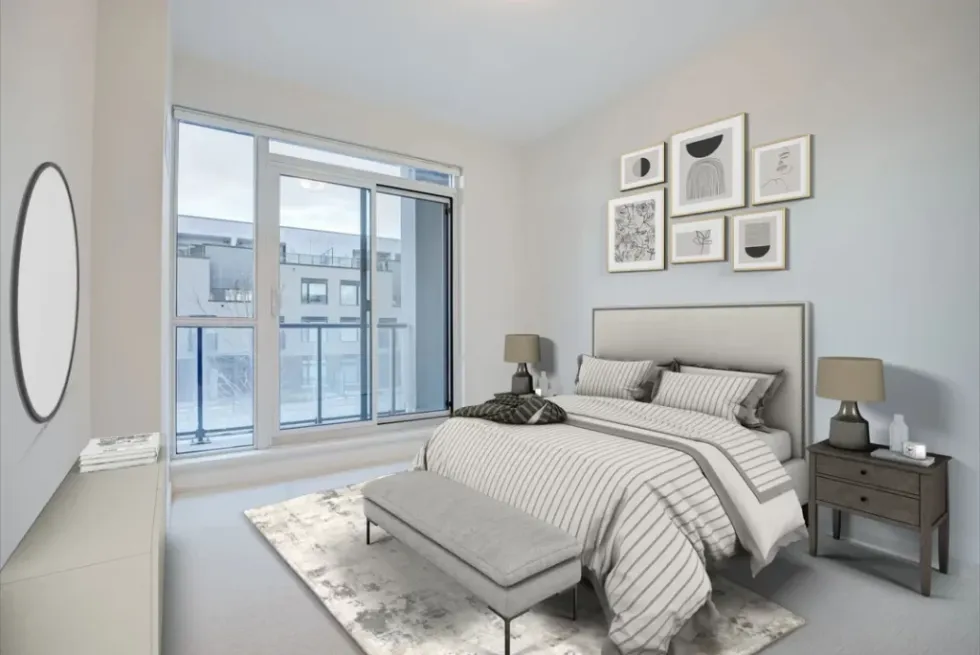
“Another thing that we've been asked to do is to change the colour of the wall, change the flooring. The realtor might be just saying to us, ‘We want to show them what it could look like with renos,’” Dhalla-Singh continues. “We can make a farm look like a mansion -- it just needs to be with a disclaimer that suggests what's real and what isn't.”
Tanis Fritz, an agent with Sotheby’s International Realty Canada, says that she tends to disclose the use of virtual staging within her realtor remarks. In a recent instance where she opted to change the functionality of a room using virtual staging, she also chose to highlight what the space looked like pre-stage in the listing.
“I showed those photos side by side. So I showed a photo of the room performing as an office, and then I also showed it digitally staged to look like a dining room,” she says. “Virtual staging can be very aspirational. You can use aspirational furniture or design in virtual staging that you may not be able to use in a physical space because of access issues or budget issues.”
Going The Budget-Friendly Route
Fritz uses a service called Box Brownie, which charges anywhere from $2 for basic retouching to $5-10 for item removal to $30 for virtual furnishing of an empty room. For $5, they offer the option to tweak the sky.
“They do a beautiful twilight sky or a sunset sky, which can really bring a cover image to life and help photography really pop,” she says.
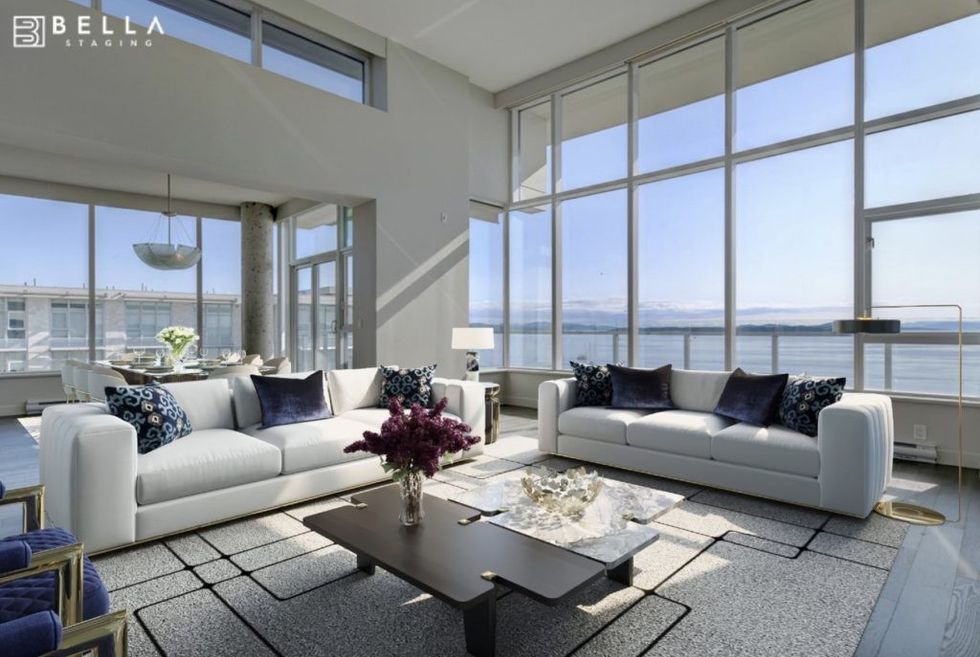
Budget-friendly options were hard to come by four years ago, says Fritz, which is around the time she used a virtual staging service for the first time. The user-friendliness of those more economical options has also improved.
“You can choose the style of furniture you want or the vibe that you're going for, whether it’s modern, contemporary coastal, rustic,” she says. “So there's less back and forth and, ultimately, you end up happier with the final product.”
Meanwhile, Jessica Kee, an agent with Right At Home Realty, is typically more inclined to work with freelance contractors, who she finds on platforms like Fiverr and Upwork. But when working with a lesser-known designer, she stresses that the onus is on the agent to do their homework.
“Look at their previous work, look at their reviews before deciding to work with someone,” she says. “You don't want the photos to end up looking fake.”
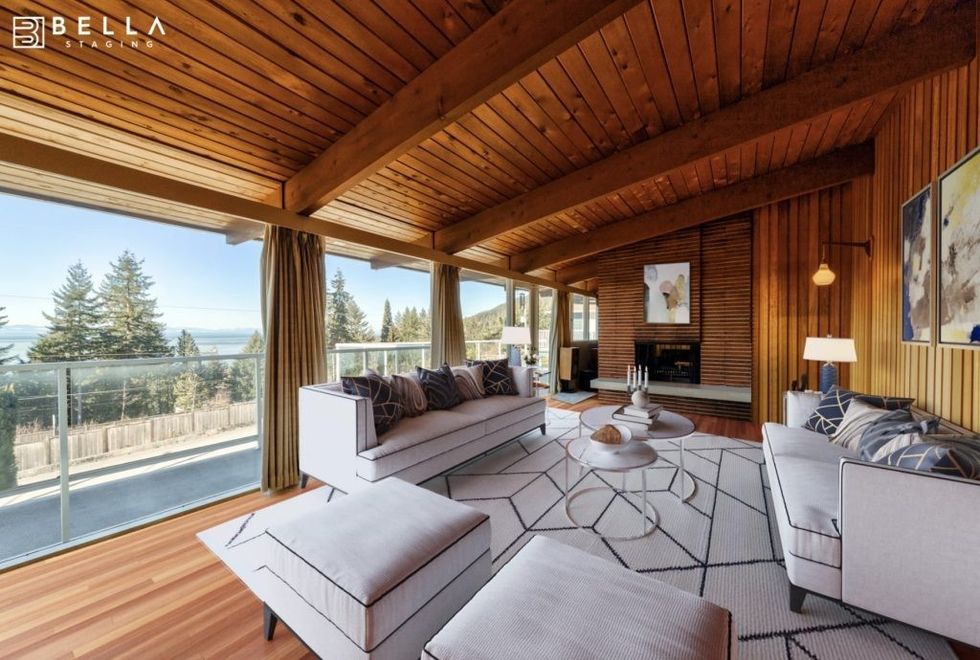
As Kee touches on, quality, low-cost options are certainly out there, but they can be the riskier choice.
“When virtual staging is done in a hurry or on a budget, there are definitely some aspects of it that take away from the effectiveness,” says JD Lloyd, Business Development Manager for Bella Staging -- a Vancouver-based virtual staging service, where all imagery is curated in-house by a team of interior designers, graphic designers, and real estate experts.
Lloyd points to tell-tale signs like mismatched lighting between the actual room and the stage furniture or missing shadows or reflections.
“Some companies will use generic templates. They're focused on getting it out as quick as possible at a lower cost,” he continues. “If you're not representing the property well, it can really do more damage than good for the property.”
Virtual Staging In The Leasing Space
In addition to working with buying and selling clients, Kee also works with investment property owners looking to fill tenant vacancies.
“Because staging takes a long time and costs so much money, it just doesn't really make sense with the way the leasing market is right now to physically stage,” she says, adding that virtual staging presents an option to stage -- at a low cost and quickly -- where it wasn’t pragmatic to do so before.
Going the virtual route also allows for units to be staged while they are occupied, although there are limitations associated with doing so. Dhalla-Singh, for instance, says that using virtual staging to declutter or depersonalize a space can sometimes result in the images becoming pixelated. She adds that today’s tech is most effectively used on empty rooms or rooms that have been decluttered as much as possible.
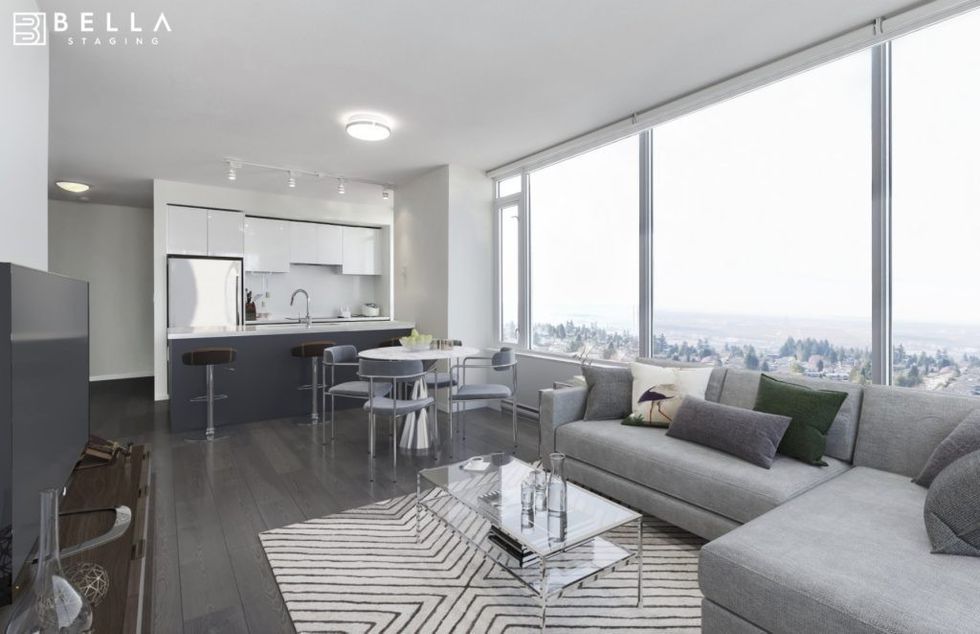
As far as virtual staging has come in the past couple of decades, it still has a long way to go. And as technology adapts to the demands of the time, the finished product stands to be increasingly believable, and as such, more applicable to a wider range of end users -- “anyone in an upsell service,” adds Lloyd.
“As we look forward, I think there's going to be more AR and VR integration. And then there are possibilities for AI technology to be able to recognize certain aspects of the room, certain pieces of furniture, and if someone really enjoyed a sofa that we've virtually staged, you can send them a link to where to buy it,” he continues. “It's a very interesting industry, it’s definitely growing, and it's really exciting to see the technology advance and see the public and consumers start to utilize it in big ways.”
Cover photo courtesy of A Lady’s Touch
